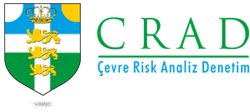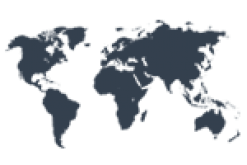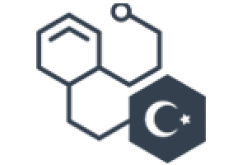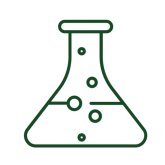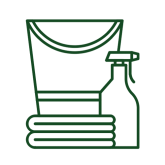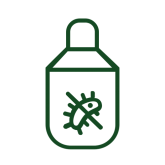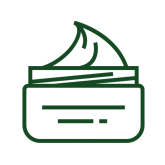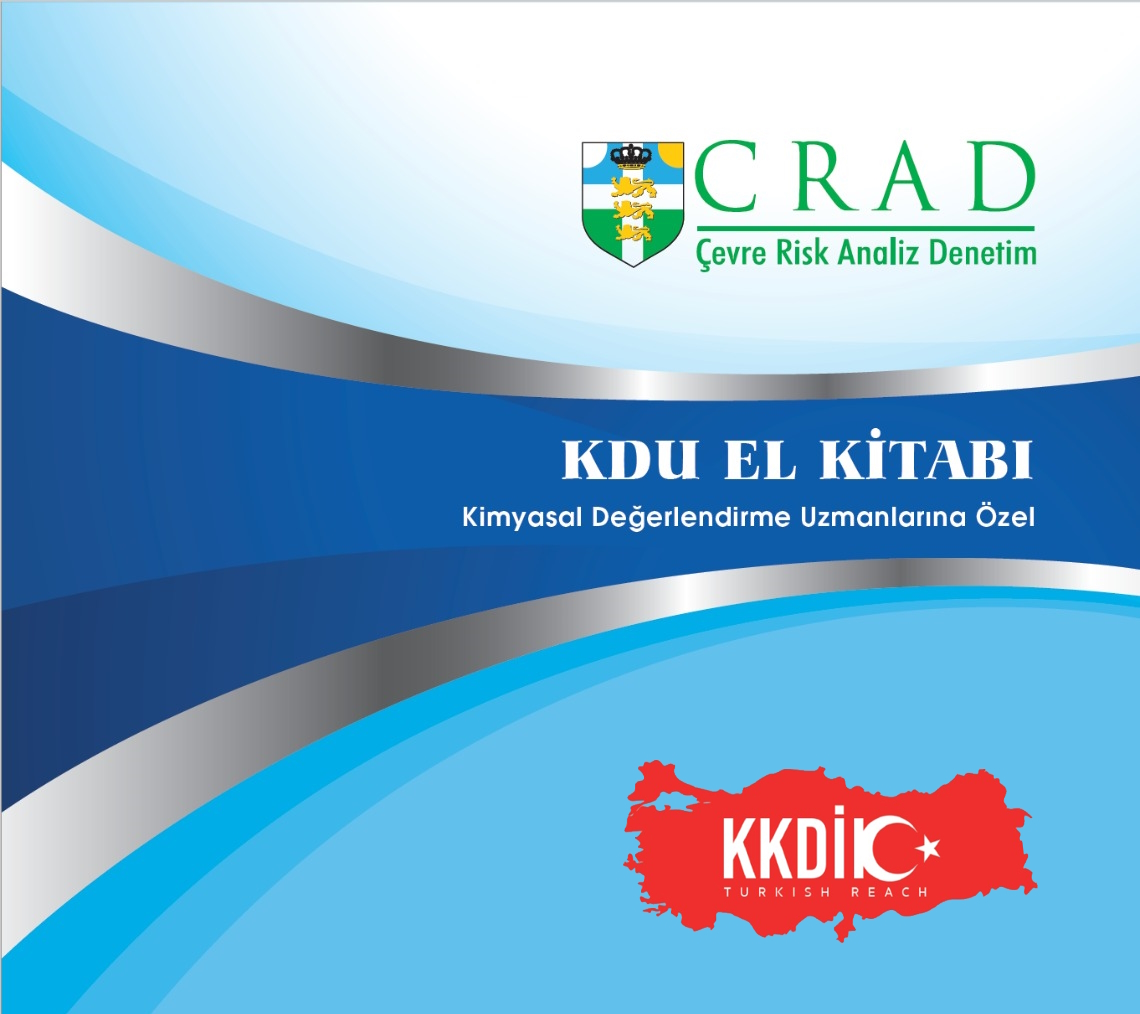TURKISH SEA REGULATION
Content addition date : 13-05-2014
The purpose of the Regulation
Turkish CLP numbered 28848 SEA, like the DSD and DPD numbered 27092 , aims to identify hazardous properties of chemical substances and mixtures so that users can undertake a risk assessment appropriate to how they use the substance or mixture.
Hazards are generally grouped into three types:
* physical hazards ( ability to explode, burn or react with other chemicals)
* health hazards ( acute or chronic hazards)
* environmental hazards (short or long term)
Implementation of Turkish SEA 28848
Classification and Labelling according to the new regulation for substances will be obligatory as of 1st of June 2015 and for mixtures the CLP Classification and Labelling criteria obligation will apply as of 1st of June 2016.
As a general principle and similar to EU CLP, a two-year transition period for the products that were placed on the market prior to that date, will apply to prevent are labelling.
Differences
There are some differences in the hazard classification system used in 28848 SEA compared to the previous classification system, which was set out in the dangerous substances directive (DSD) and the dangerous
preparations directive (DPD) (27092). Under the DSD/ DPD system, dangerous substances and mixtures are allocated to 15 hazards classes and their associated risk phrases. Under CLP, hazardous substances and mixtures are allocated to 27 hazard classes, which are further subdivided into numbered divisions or categories, with the lowest numbers representing the most severe hazards.
There are also some terminology changes between 27092 and 28848 as follows:
Preparations à Mixtures
Dangerous à Hazardous
Symbols à Pictograms
Risk phrases à Hazard statements
Safety phrases à Precautionary statements
